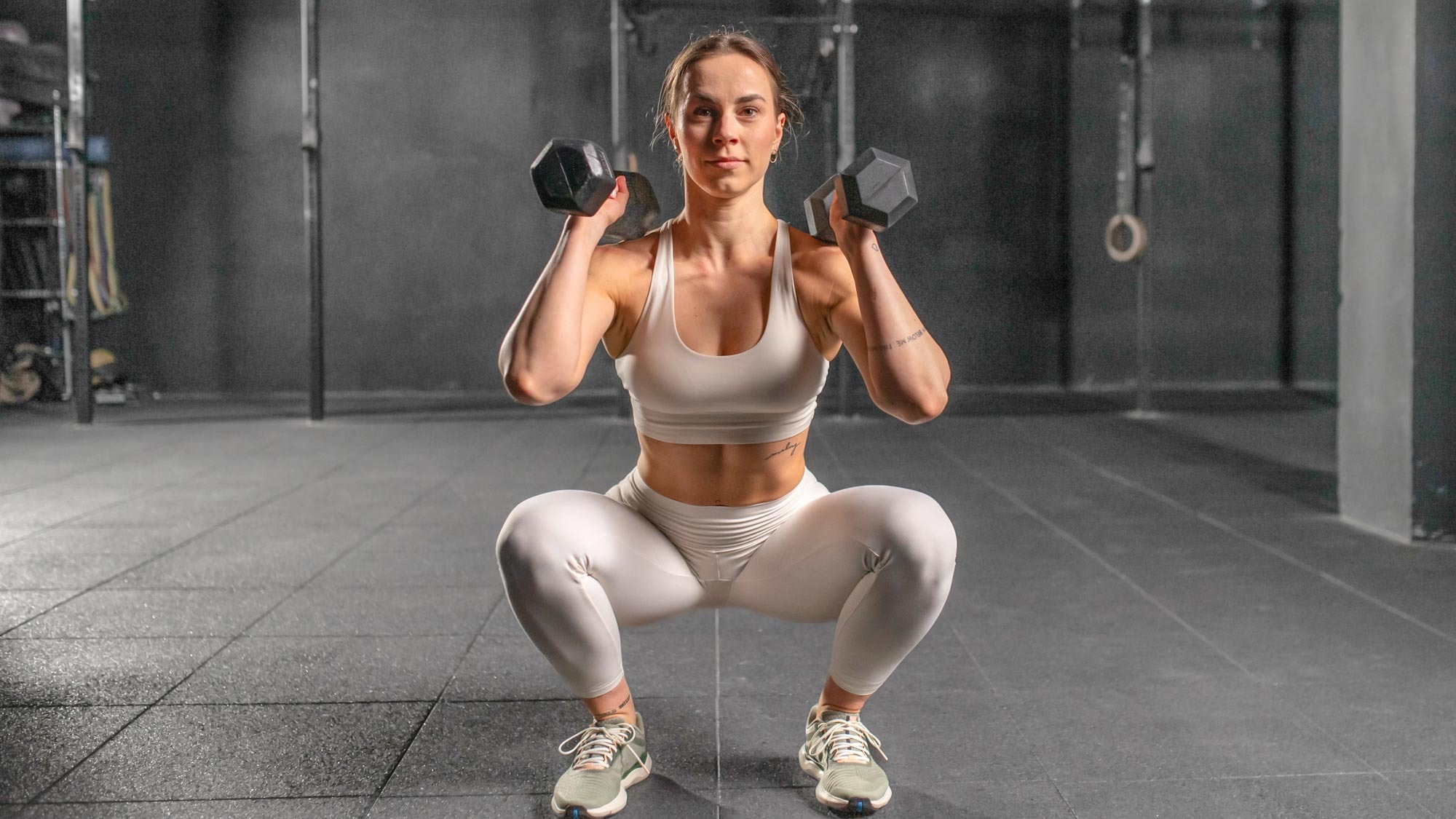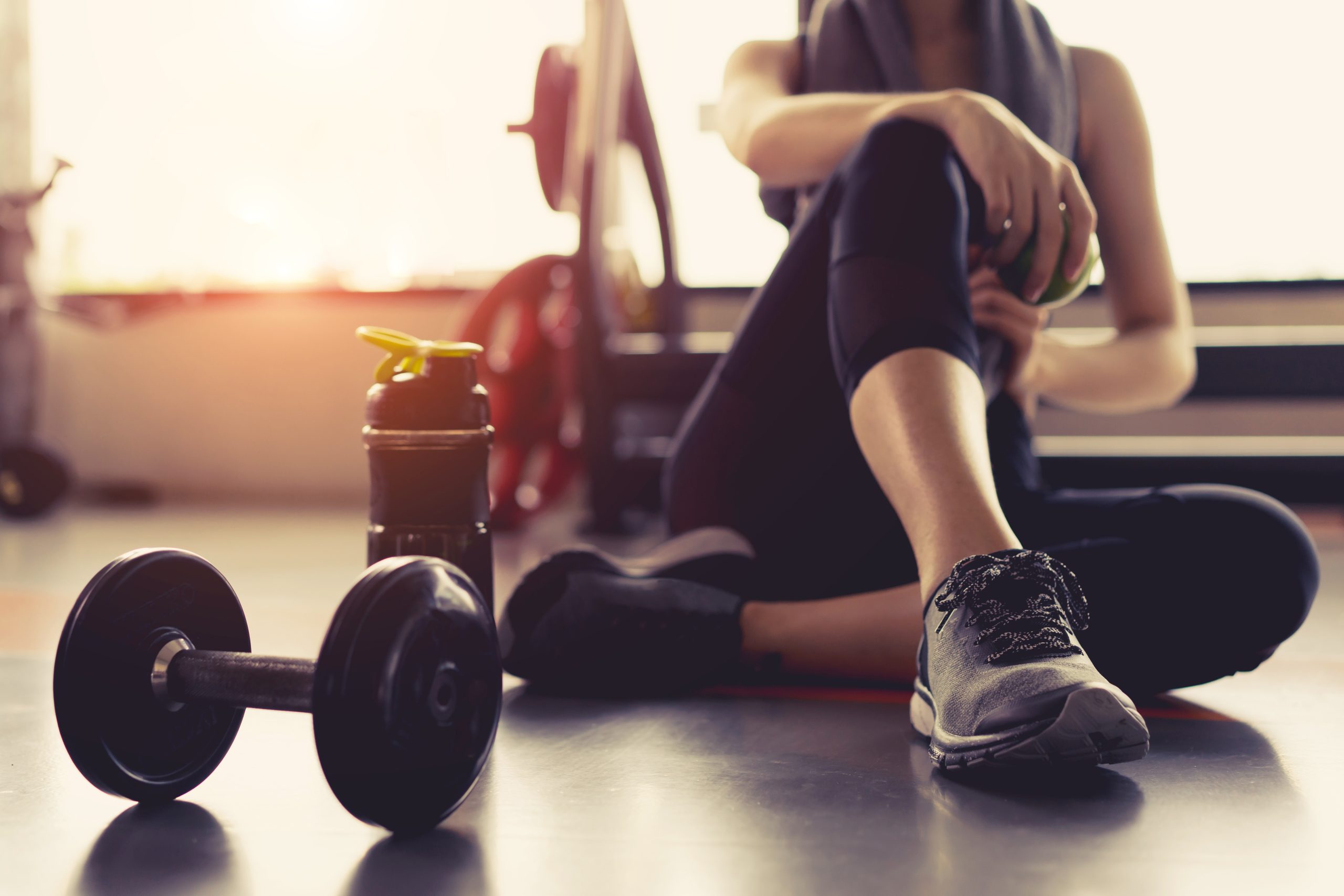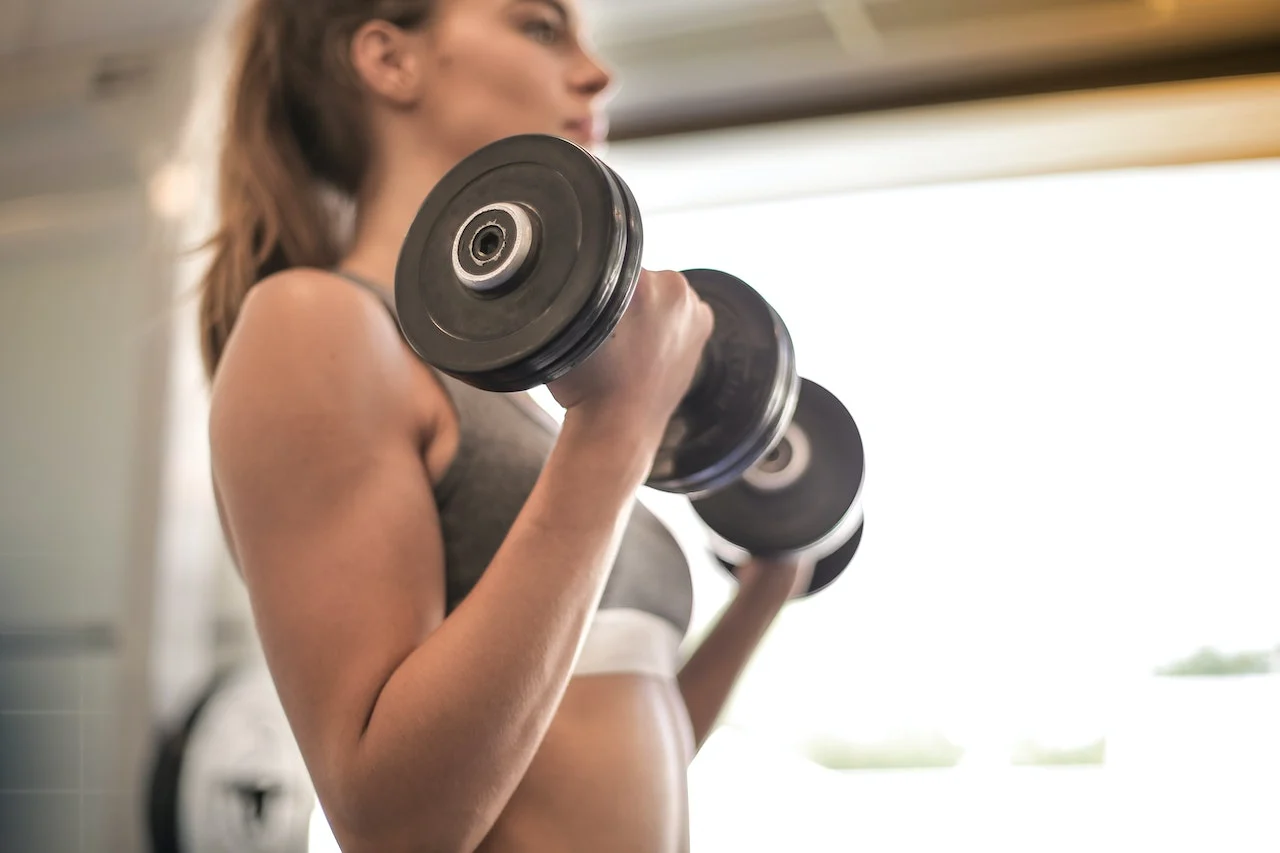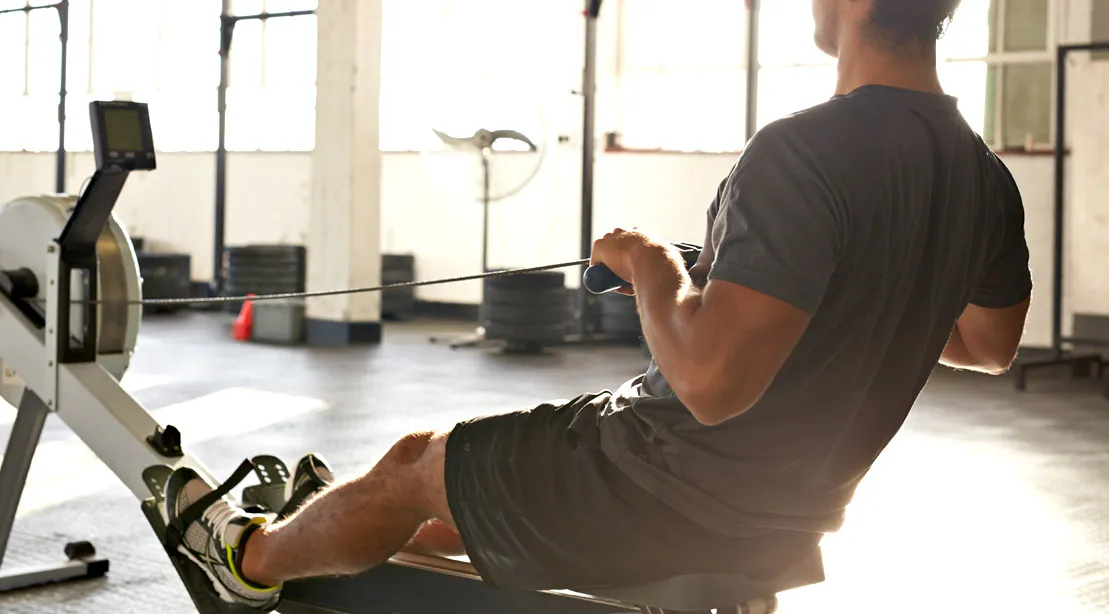In today’s demanding world, carving out significant chunks of time for exercise can often feel like an insurmountable challenge. However, achieving comprehensive fitness doesn’t necessitate hours spent in the gym. A well-designed 30-minute functional fitness workout can be a remarkably efficient and effective way to enhance your full-body strength, improve mobility, boost cardiovascular health, and ultimately elevate your overall well-being. This in-depth exploration will delve into the principles of functional fitness, outline the benefits of incorporating short yet potent workouts into your routine, and provide a framework for designing your own impactful 30-minute sessions.
Understanding the Essence of Functional Fitness:
Functional fitness transcends traditional isolation exercises that target individual muscle groups in a static manner. Instead, it focuses on movements that mimic everyday activities, engaging multiple muscle groups simultaneously in integrated patterns. These exercises prioritize movements like pushing, pulling, squatting, lifting, and rotating, thereby improving strength, stability, balance, and coordination in ways that directly translate to real-life tasks. Think about lifting groceries, carrying children, climbing stairs, or simply bending down to pick something up – these are all functional movements that a well-rounded functional fitness program aims to enhance.
The Compelling Advantages of 30-Minute Functional Fitness Workouts:
The beauty of a 30-minute functional fitness workout lies in its efficiency and accessibility. It offers a multitude of benefits for individuals with busy schedules and varying fitness levels:
- Time Efficiency: The most obvious advantage is the minimal time commitment. A focused 30-minute session can be easily integrated into even the most packed days, eliminating the common barrier of lack of time.
- Full-Body Engagement: Functional exercises inherently work multiple muscle groups simultaneously, maximizing the efficiency of your workout and leading to more holistic strength development.
- Improved Functional Strength: By mimicking real-life movements, these workouts directly enhance your ability to perform everyday tasks with greater ease and less risk of injury.
- Enhanced Mobility and Flexibility: Many functional exercises involve a wide range of motion, contributing to improved joint mobility and overall flexibility.
- Increased Core Strength and Stability: The core muscles play a crucial role in stabilizing the body during functional movements. These workouts naturally engage and strengthen your core.
- Boosted Cardiovascular Health: Incorporating dynamic movements and minimal rest periods can elevate your heart rate, providing cardiovascular benefits similar to traditional cardio exercises.
- Adaptability for All Fitness Levels: Functional exercises can be easily modified to suit different fitness levels, making them accessible to beginners and challenging for more advanced individuals.
- Reduced Risk of Injury: By strengthening stabilizing muscles and improving movement patterns, functional fitness can help prevent injuries often associated with imbalances and improper mechanics.
- Increased Calorie Expenditure: Engaging multiple muscle groups simultaneously leads to a higher calorie burn in a shorter amount of time.
- Improved Balance and Coordination: Exercises that challenge your stability and require coordinated movements contribute to better balance and proprioception (awareness of your body in space).
Designing Your Effective 30-Minute Functional Fitness Workout:
To maximize the benefits of your 30-minute sessions, consider incorporating the following elements:
- Warm-up (5 minutes): Prepare your body for exercise with dynamic movements that increase blood flow and joint mobility. Examples include arm circles, leg swings, torso twists, and high knees.
- Compound Exercises (15-20 minutes): Focus on exercises that work multiple muscle groups simultaneously. Choose 4-6 exercises and perform them in circuits with minimal rest between exercises and short rest periods between rounds. Effective compound exercises include:
- Squats: Targets quads, glutes, and hamstrings. Variations include bodyweight squats, goblet squats, and jump squats.
- Push-ups: Works chest, shoulders, and triceps. Modifications include knee push-ups and incline push-ups.
- Lunges: Strengthens quads, glutes, and hamstrings while improving balance. Variations include forward lunges, reverse lunges, and lateral lunges.
- Rows (using dumbbells, resistance bands, or TRX): Targets back muscles and biceps.
- Overhead Press (using dumbbells or resistance bands): Works shoulders and triceps.
- Deadlifts (if familiar with proper form, using light weights): Engages numerous muscle groups throughout the body.
- Burpees: A full-body exercise combining a squat, push-up, and jump.
- Core Work (5 minutes): Dedicate a few minutes to strengthening your core muscles. Effective core exercises include:
- Plank: Engages the entire core for stability. Variations include forearm plank and side plank.
- Crunches and Leg Raises: Target the abdominal muscles.
- Russian Twists: Work the obliques.
- Bird-Dog: Improves core stability and balance.
- Cool-down (5 minutes): Finish your workout with static stretches, holding each stretch for 20-30 seconds. Focus on the major muscle groups worked during the session.
Sample 30-Minute Functional Fitness Workout (Adaptable for Different Levels):
Perform the following circuit 2-3 times with 30-60 seconds of rest between rounds:
- Warm-up (5 minutes): Arm circles (10 forward, 10 backward), leg swings (10 per leg), torso twists (10 per side), high knees (30 seconds).
- Circuit (15 minutes):
- Bodyweight Squats (10-15 repetitions)
- Push-ups (as many repetitions as possible with good form)
- Walking Lunges (10-12 repetitions per leg)
- Dumbbell Rows (10-12 repetitions per arm)
- Plank (hold for 30-60 seconds)
- Core Work (5 minutes): Crunches (15-20 repetitions), Leg Raises (15-20 repetitions), Plank (hold for 30 seconds).
- Cool-down (5 minutes): Quadriceps stretch (30 seconds per leg), hamstring stretch (30 seconds per leg), chest stretch (30 seconds), triceps stretch (30 seconds per arm).
Important Considerations for Your Functional Fitness Journey:
- Proper Form is Paramount: Prioritize correct technique over the number of repetitions or the amount of weight used. Poor form can lead to injuries. Consider watching instructional videos or consulting with a certified fitness professional to learn proper form.
- Listen to Your Body: Pay attention to any pain or discomfort and modify exercises as needed. Don’t push through sharp or persistent pain.
- Progress Gradually: As you get stronger and more comfortable, gradually increase the repetitions, sets, or difficulty of the exercises.
- Consistency is Key: Aim for at least 2-3 functional fitness workouts per week for optimal results. Consistency is more important than occasional lengthy sessions.
- Stay Hydrated: Drink plenty of water before, during, and after your workouts.
- Fuel Your Body Appropriately: Consume a balanced diet to support your fitness goals and recovery.
- Variety is Beneficial: While consistency is important, incorporating variations of exercises or introducing new functional movements can help challenge your body in different ways and prevent plateaus.
Conclusion: Embrace the Power of Short, Effective Workouts:
A 30-minute functional fitness workout offers a powerful and practical solution for individuals seeking to enhance their full-body strength, improve mobility, and boost overall well-being without requiring extensive time commitments. By focusing on movements that mimic everyday activities and engaging multiple muscle groups simultaneously, these workouts provide a highly efficient and effective pathway to a stronger, more resilient, and functionally capable you. Embrace the principles of functional fitness, design your workouts strategically, and experience the transformative benefits of short yet potent exercise sessions on your journey to a healthier and more vibrant life.








